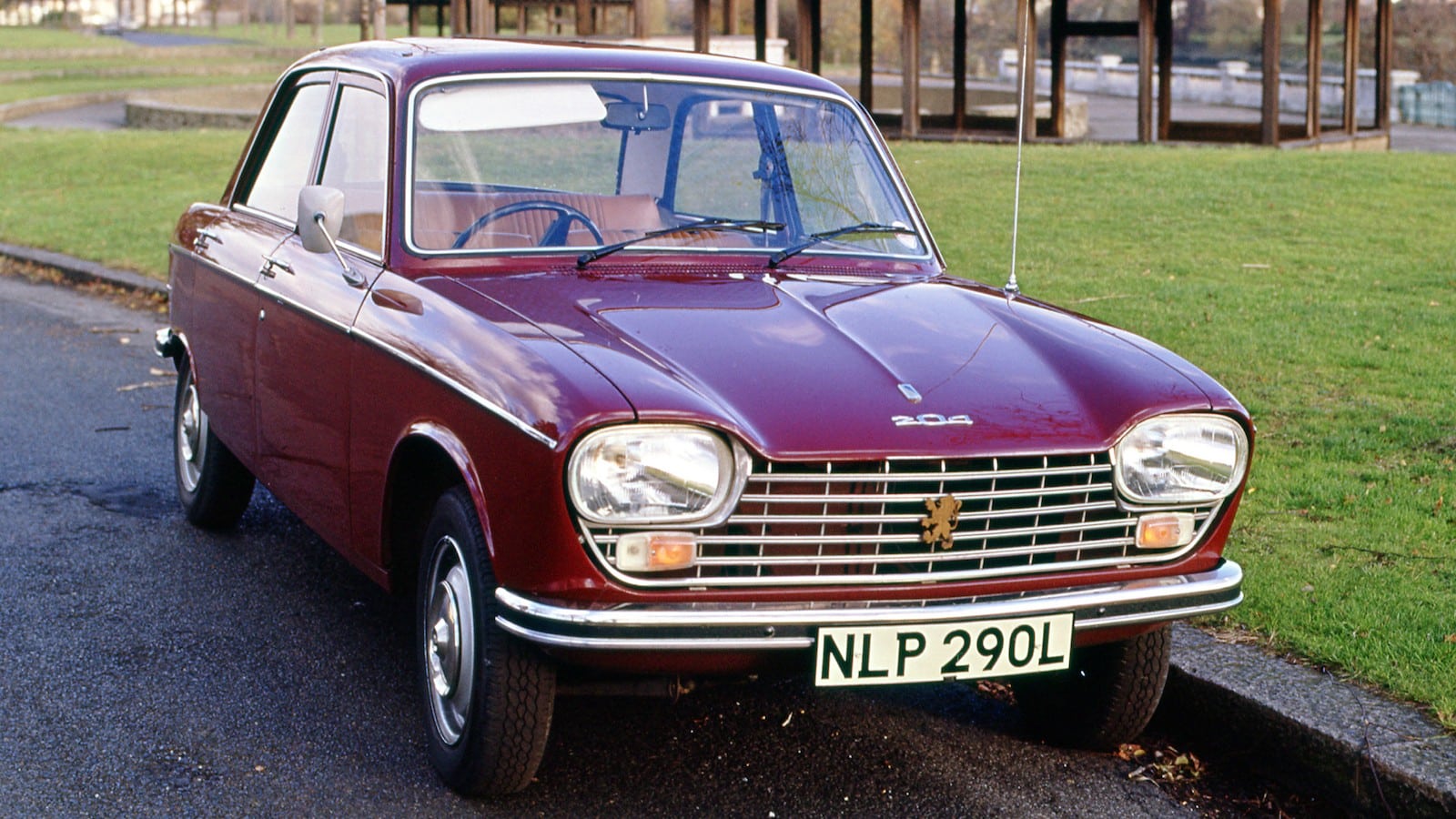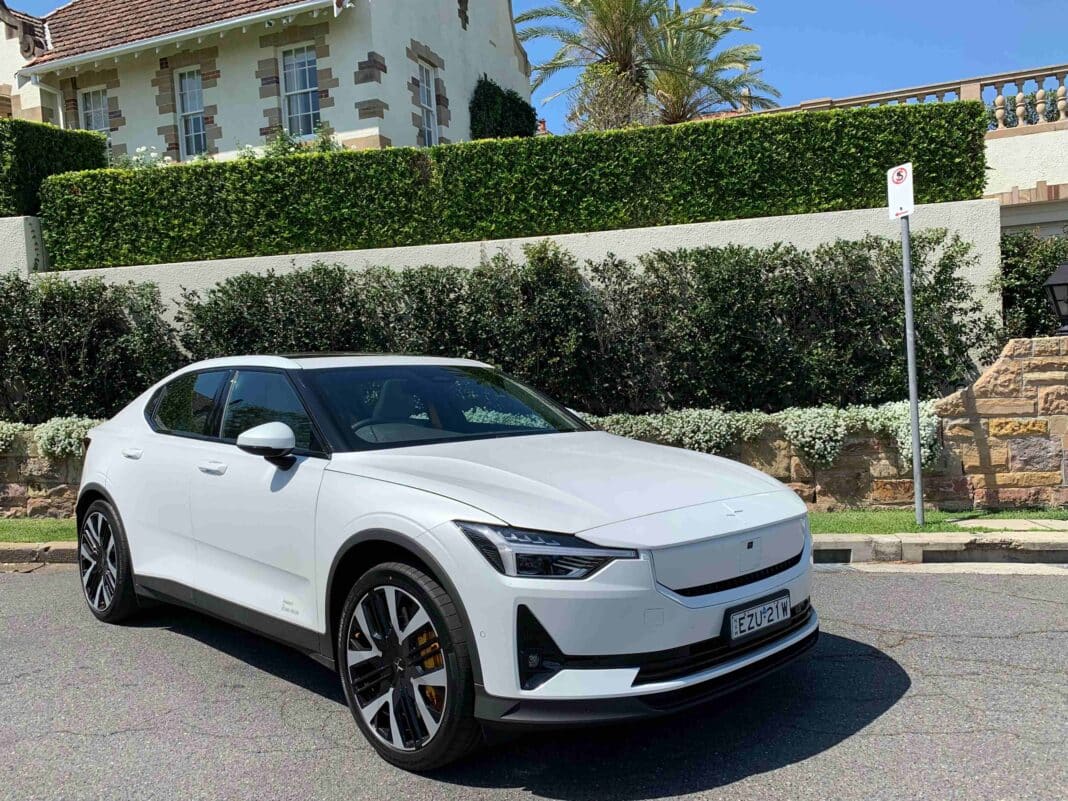Over my motoring years, I have driven a collection of cars starting, in succession, with the 1959 BritishStandard Pennant, the Coventry Vanguard, the wonderful Ford Zephyr Six and the Ford Country Squire wagon to name a few.
And, in 1970, I contemplated a Volvo 140. But I hesitated. What were they telling me about Volvo drivers?
“A Volvo … are you’re really going to buy a Volvo?” was the incredulous response.
It seemed most Volvo drivers wear hats which is a worry right from the start.
“Take a perfectly good driver, put them behind the wheel of a Volvo and they instantly go into ‘control freak’ mode,” they said.
A Volvo is a very stable car; more often than not it will come off better in a crash than most others. But the ‘experts’ believe this leads to the Volvo driver thinking he or she is driving an invincible tank, so they appear to battle their way through every road expecting all the other drivers to get out of their way.
This is all very subjective. For my money there’s everything right about a Volvo (you know that Steph).
The Swedish manufacturer based in Gothenburg has produced many great vehicles over the years. For nearly 100 years the brand has focused on producing vehicles that are safe and sustainable while also offering a premium driving experience.
In 1959, Volvo invented the three-point safety belt we are so familiar with today. It became the first car manufacturer to make the belts standard on its cars and instead of keeping the technology to themselves, Volvo opened up the patent allowing other manufacturers to replicate the restraints, saving thousands of lives.
Which brings us to the Polestar, the performance brand of Volvo developed in close consultation with the engineers and racing drivers of the Polestar Cyan racing team.
“It’s exciting to take the technology we use in our race cars and apply that to Volvo’s road cars,” says Thed Björk, a Swedish racing driver and world touring car champion who drives an electric Volvo Polestar.
Sales of EVs more than tripled in Australia across the first nine months of 2023, compared to the same period last year.
Latest sales data shows 65,743 electric cars have been registered between January 1 and September 30, up 202%, which equates to a 7.3% share of the total market, but more importantly to 10% of combined passenger cars.
Our test car, the Polestar 2, is a very interesting vehicle. Not only does it come from a Swedish company that most people have never heard of it’s the brand’s first EV and perhaps the finest electric vehicle on sale today.
The Polestar, a sub-brand of Volvo, was first produced in 2020 at the Luqiao CMA ‘super factory’ in China.
Sitting at the base of the range is the Polestar 2 standard single motor version priced from $69,526, with the long-range dual motor at $79,420.
The Polestar tested had the added expense of a ‘performance package’ that includes 20-in. Y-spoke polished forged alloy wheels with Continental Sports 6 tires, gold Brembo front-brake calipers, drilled ventilated front brake discs, Ohlins dual flow valve adjustable shock absorbers – and gold seat belts front and rear if you please.
Powering the flagship model is a pair of electric motors producing 300 kW and 660 Nm of torque. Earlier this year, Volvo rolled out a software update that adds an extra 50 kW and 20 Nm for a total of 350 kW and 680 Nm.
The added grunt means the Polestar 2 long-range dual motor can make 100 km/hour in 4.4 seconds. Feeding the motors is a 78-kilowatt battery pack.
Polestar says the long-range dual motor is good for a 487-km drive.
In a brilliantly designed cabin, the Polestar 2 features a large digital instrument cluster in front of the driver, a $6000-plus pack that includes a 13-speaker Harman Kardon Premium sound system, fixed panoramic sunroof, Polestar’s unique ‘weave tech’ fully-electric adjustable seats with lumbar support, heated rear seats, heated steering wheel, heated washer fluid wiper nozzles, energy saving heat pump, ambient lighting, wireless smartphone charging, and a tinted rear window.
Polestar 2 is underpinned by Volvo’s ICE-based CMA platform – a large transmission tunnel running through the centre of the cabin.
At the rear is 405 litres of cargo space that includes an extra 41 litres under the false floor.
I take my hat off to Volvo … and its amazing Polestar.






